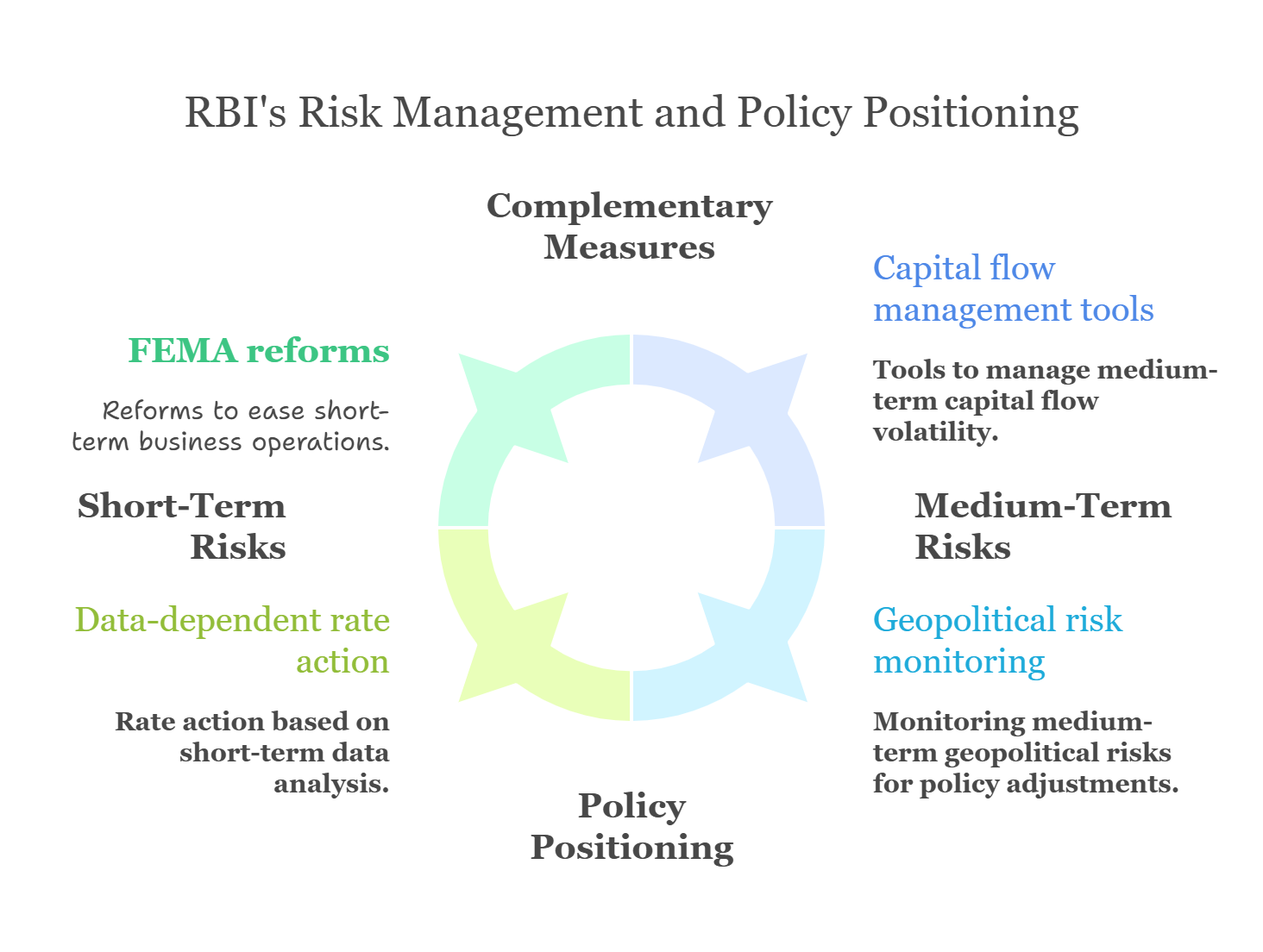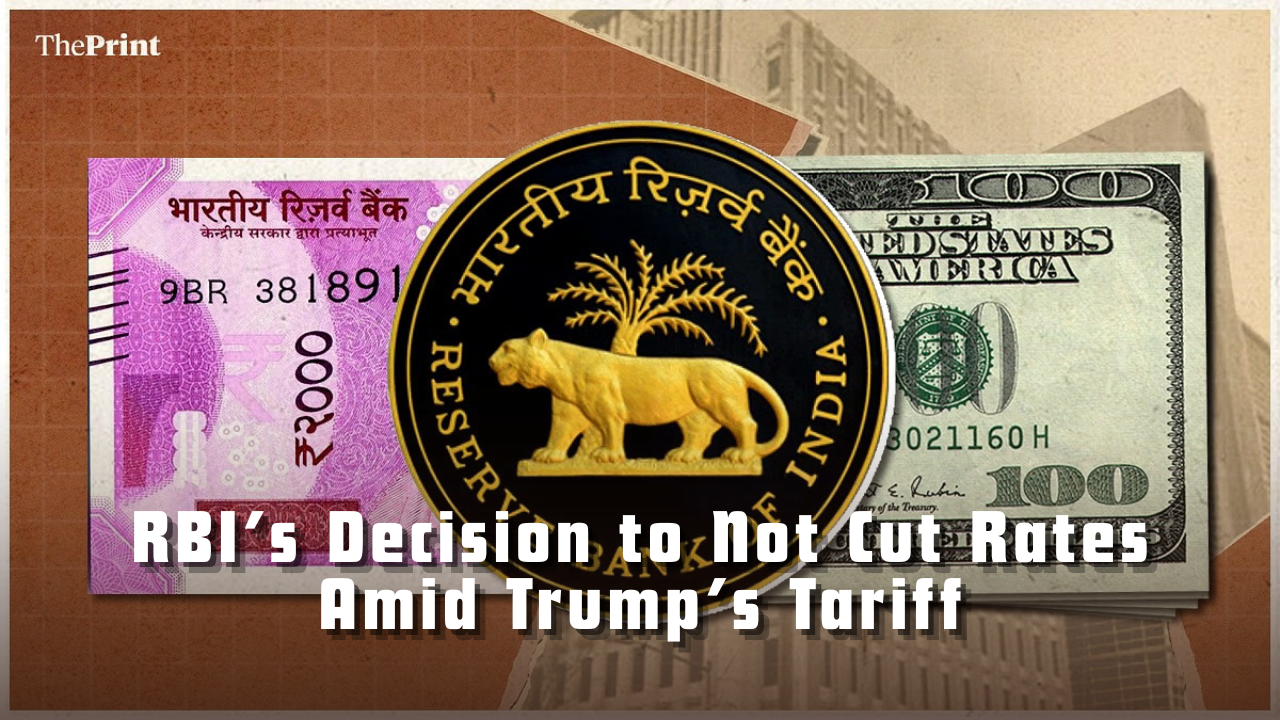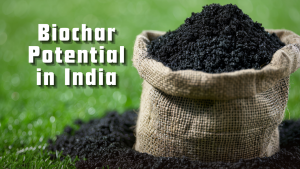RBI’s Decision to Not Cut Rates Amid Trump’s Tariff Shock
RBI’s Decision to Not Cut Rates Highlights Bold Stand Against External Pressure
RBI: On August 6, about a week after imposing a blanket 25% tariff on all Indian imports, U.S. President Donald Trump announced an additional 25% tariff specifically targeting India’s imports of Russian oil, pushing total tariffs on some Indian goods up to 50%.
What is the RBI’s current monetary policy stance and what led to the decision to hold the repo rate at 5.5%?
In its August 2025 bi-monthly Monetary Policy Committee (MPC) meeting, the Reserve Bank of India (RBI) unanimously voted to keep the policy repo rate unchanged at 5.5% and maintained a ‘neutral’ stance, marking a strategic pause after a cumulative 100 basis points cut earlier in 2025, including a front-loaded 50 bps cut in June.
Why this Pause?
- Inflationary Uncertainty: Although headline CPI inflation dropped sharply to 2% in June 2025, the RBI forecasts a resurgence above 4% in Q4 FY26, and close to 5% in Q1 FY27. The temporary disinflation was attributed to volatile vegetable prices and statistical base effects—not structural factors.
- Real Rate Management: With inflation at 2–3%, real interest rates are already accommodative (~1–1.5%). A further rate cut risks reigniting inflation ahead of the festive demand season.
- Transmission Lag: The central bank signalled that the full pass-through of previous cuts—especially the June 50 bps cut—to lending and deposit rates is still ongoing, as highlighted by Crisil and SBI Research.
How are Trump-era US tariffs impacting India’s external sector, and how is RBI responding?
The United States imposed a 25% reciprocal tariff on all Indian goods, citing India’s continued oil imports from Russia. This escalation under President Donald Trump’s protectionist policy revival introduces a new external challenge. Economic Survey 2024-25 had highlighted India’s moderate external vulnerability index due to limited dependence on foreign capital and diversified export markets — now under test due to the US policy turn.
- Impact on India’s Economy:
-
-
- Direct GDP impact is muted, as merchandise exports to the US comprise ~2% of GDP.
- However, indirect risks loom large:
- Capital flow volatility due to deteriorating investor sentiment,
- Disruption in global supply chains,
- Increased uncertainty in trade and investment planning.
-
-
Export Outlook:
-
-
- Merchandise exports expected to contract in FY26,
- Services exports (India’s strength) will grow moderately,
- Current Account Deficit (CAD) projected to remain manageable at 0.9% of GDP (Economic Survey 2024-25).
-
- Buffer Against Shock: India’s $689 billion forex reserves (covering 11 months of imports) offer a strong cushion. RBI Governor Sanjay Malhotra reassured that India remains “a robust, demand-led economy” and contributes 18% to global growth, higher than the US share of 11%.
-
Policy Coordination:
-
- RBI complements monetary policy with regulatory easing under FEMA to facilitate capital flows,
- Strengthening macro buffers to withstand external spillovers.

What does this mean for India’s long-term macroeconomic strategy and structural reforms?
Strategic Takeaways:
- Monetary policy alone is insufficient. RBI’s cautious stance underlines the need for:
- Counter-cyclical fiscal policy,
- Export diversification,
- Strengthening domestic investment cycles.
- Macro-Financial Coordination:
- Public capex must crowd in private investment (Economic Survey 2024–25),
- Export-linked PLI schemes must address non-tariff barriers and logistical bottlenecks,
- Fiscal room must be preserved for shock absorption—a lesson from COVID-19 fiscal management.
Subscribe to our Youtube Channel for more Valuable Content – TheStudyias
Download the App to Subscribe to our Courses – Thestudyias
The Source’s Authority and Ownership of the Article is Claimed By THE STUDY IAS BY MANIKANT SINGH



